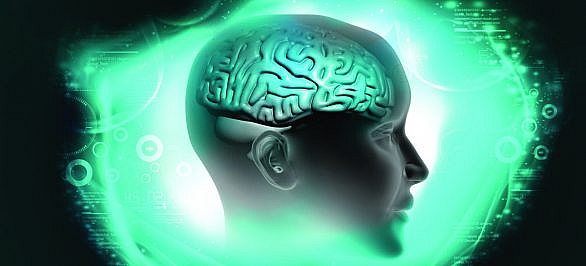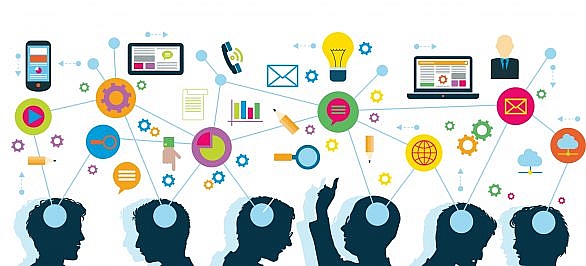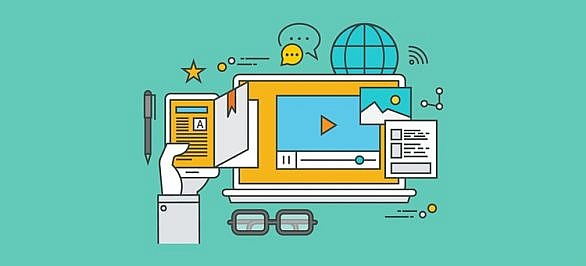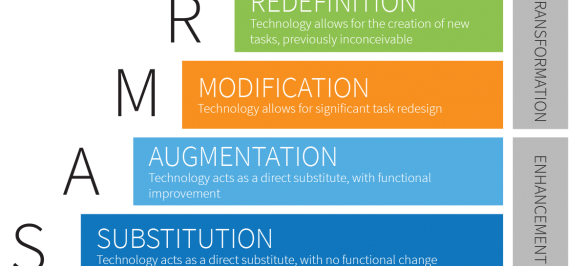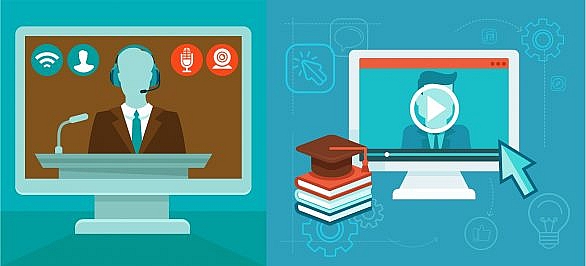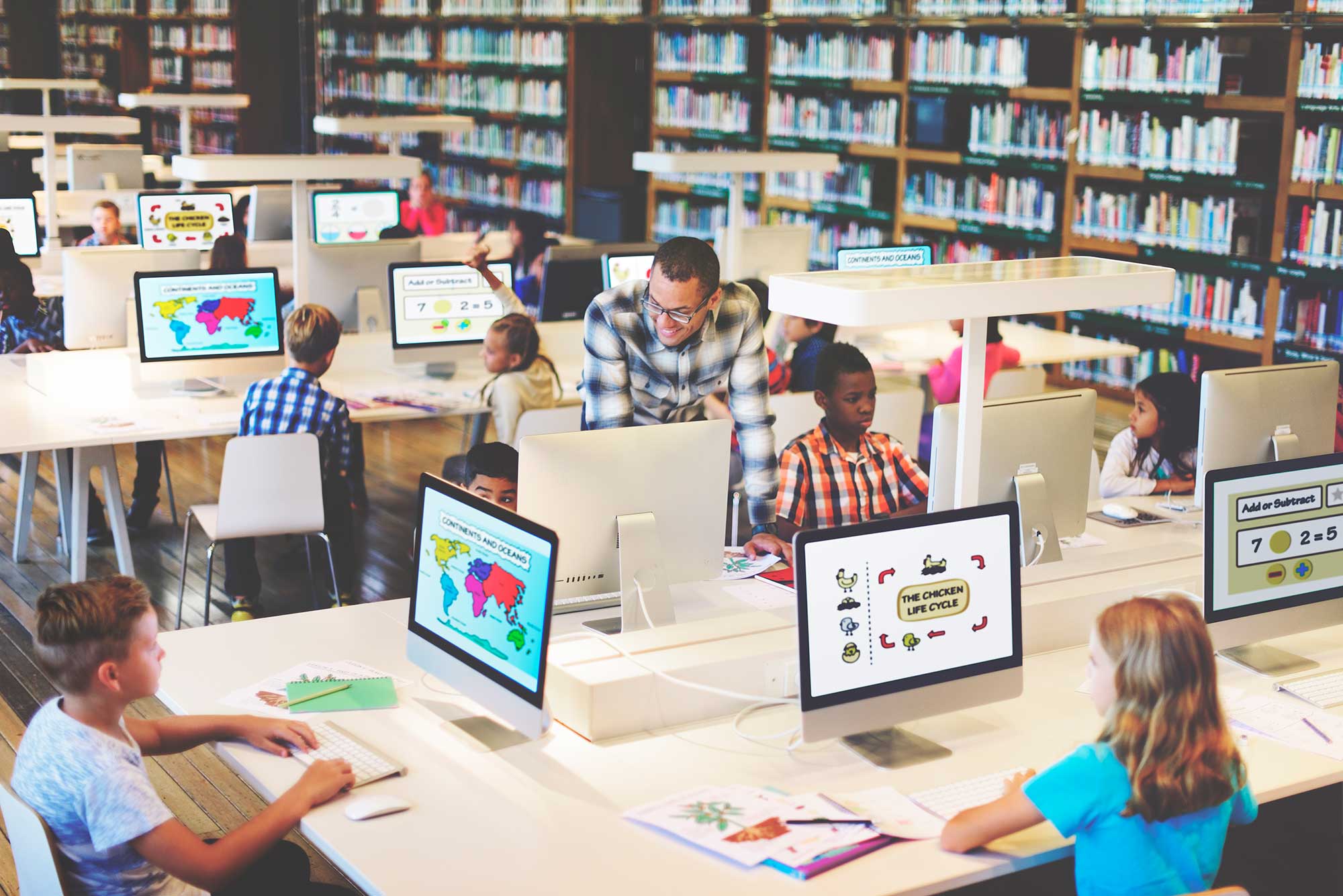Richard Mayer in his book, Multimedia Learning, explains the premise that multimedia learning maximizes learning and understanding and elaborates on the relationships between the brain and multimedia learning. For this purpose, he developed the Cognitive Theory of Multimedia Learning to explain how it works and how we can best make use of it.
Richard Mayer defines multimedia learning as the presentation of materials using both words and pictures. In broader
…